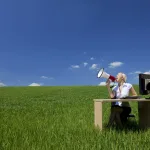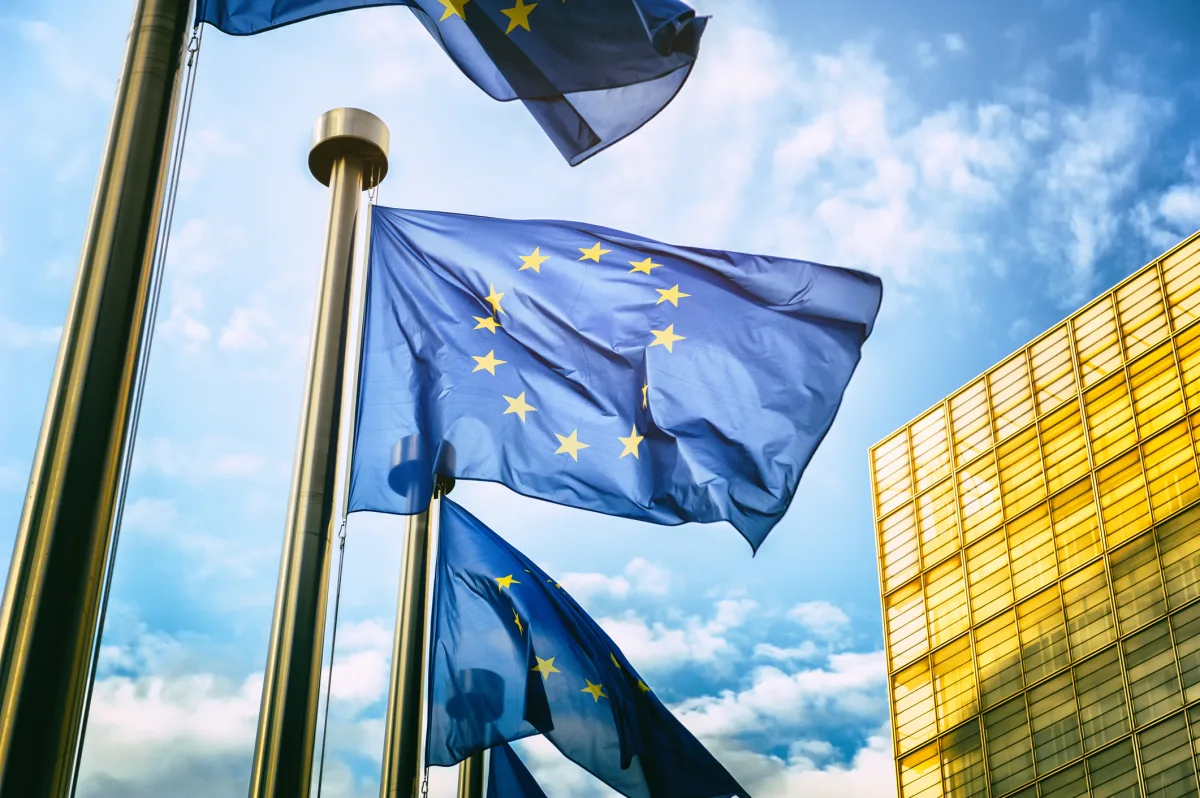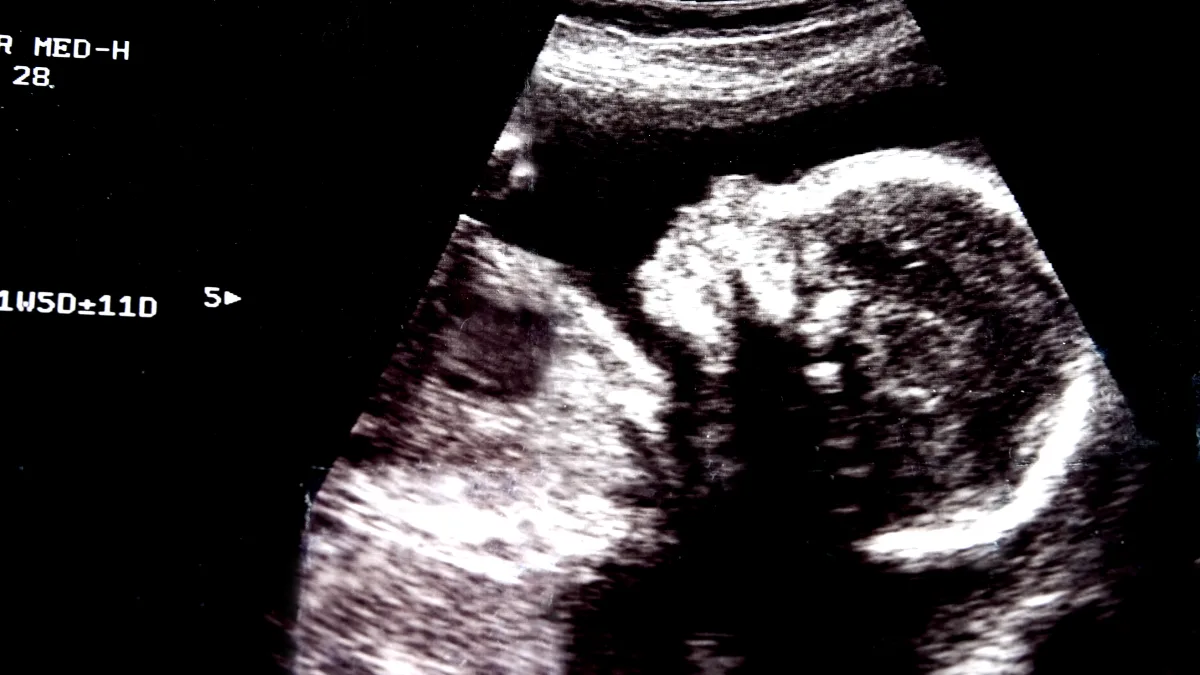As Russian shells continue to fall on Ukrainian soil, the dream of European integration continues to burn bright in Kyiv. Similar aspirations simmer in neighbouring Moldova, where President Maia Sandu has staked her political career on steering her country westward.
Nevertheless, for both nations, the path to full European Union membership stretches far into the distance—perhaps too far to sustain domestic enthusiasm or to secure the economic and security benefits they so desperately crave.
The EU granted candidate status to Ukraine and Moldova in June 2022, a symbolic gesture of solidarity and recognition. But symbolism, however potent, pays no bills. The Copenhagen criteria—the EU’s entrance requirements demanding stable democratic institutions, a functioning market economy and the capacity to implement the 80,000-page acquis communautaire—present formidable hurdles for countries emerging from the Soviet shadow and, in Ukraine’s case, fighting an existential war.
Even if these technical challenges could be overcome, political obstacles loom larger. Viktor Orbán, Hungary’s prime minister and self-appointed gadfly to Brussels consensus, has repeatedly obstructed EU aid to Ukraine and would almost certainly veto membership negotiations. Other member states harbour quieter reservations about enlargement fatigue, institutional capacity and the agricultural implications of admitting Ukraine, with its vast fertile lands.
The Norwegian model
Faced with such resistance, might alternative models of European integration serve as pragmatic stepping stones? The Norwegian arrangement offers one tantalising template. As a member of the European Economic Area (EEA) since 1994, Norway enjoys nearly full access to the EU’s single market while remaining outside the customs union, agricultural and fisheries policies, and justice and home affairs cooperation.
This ‘pay but no say’ arrangement requires Norway to implement most EU legislation without formal input into its creation—a democratic deficit that Norwegian politicians have long lamented but accepted as the price of market access. Norway contributes substantially to the EU budget and adheres to freedom of movement principles, yet retains independence in foreign policy and natural resource management.
For Ukraine, the Norwegian model offers distinct advantages. It would secure vital economic integration without demanding the full institutional transformation that EU membership requires. Ukrainian agricultural products—representing nearly 10 per cent of GDP—could potentially receive special treatment outside the Common Agricultural Policy. Most crucially, it could deliver tangible benefits within years rather than decades.
Moldova, with its smaller economy more dependent on trade with the EU (which accounts for 65.6 per cent of its exports), might find the EEA arrangement even more suitable. Its wine industry, which drives between seven and 10 per cent of employment, could bypass some of the more onerous EU regulations while securing market access.
The Swiss alternative
Switzerland’s relationship with the EU presents another possibility. Unlike Norway, Switzerland has rejected both EU and EEA membership, instead crafting a bespoke relationship through more than 120 bilateral agreements covering everything from trade in goods to aviation. This patchwork approach allows Switzerland to select its areas of cooperation while maintaining sovereignty in others—most notably banking regulation and immigration policy.
However, the Swiss model comes with significant complications. The EU has grown increasingly frustrated with this à la carte approach, pushing for a more coherent institutional framework. Indeed, last year the two sides concluded negotiations on a deal that would synchronise the current mechanism of treaties into a single coherent framework.
For Ukraine and Moldova, the current Swiss model offers theoretical flexibility but practical challenges. Negotiating dozens of separate agreements would be extraordinarily time-consuming and would require substantial diplomatic capacity that both countries lack.
More importantly, perhaps, the EU has explicitly stated it has no appetite for replicating the existing Swiss arrangement, which it views as unwieldy and inefficient.
Domestic concerns
Any arrangement short of full membership risks being perceived as second-class status in both Ukraine and Moldova, where European integration has become a matter of national identity as much as economic policy.
“We’re not fighting only to end up as second class members,” one Ukrainian official remarked privately to this correspondent. Opinion polls show consistently high support for EU membership in both countries—86 per cent in Ukraine and 67 per cent in Moldova. Politicians who appear to settle for less risk electoral punishment.
President Volodymyr Zelensky has been particularly adamant, stating in a recent address to the European Parliament that Ukraine is, “fighting for a choice that puts us on an equal footing with you.” President Sandu echoes similar sentiments, insisting that Moldova belongs “in the European family.”
Such rhetoric reflects political reality. For Ukraine, EU membership represents not just economic opportunity but existential validation of its European identity—a rejection of Vladimir Putin’s imperial claims. For Moldova, it offers a bulwark against Russian influence that has kept the country politically divided through its support of the breakaway region of Transnistria.
A third way
Perhaps the solution lies not in choosing between existing models but in crafting something new—a ‘membership minus’ or ‘partnership plus’ arrangement that acknowledges the unique circumstances of countries fighting wars or struggling with breakaway territories.
One possibility is staged integration, where sectors of the economy join the single market sequentially as they meet requirements. Another is a formalised ‘outer ring’ of the EU with partial institutional representation—perhaps observer status in the European Parliament and some Council formations—coupled with security guarantees stronger than association agreements but short of NATO’s Article 5.
The European Political Community, launched in 2022, represents a tentative step in this direction, though it remains more a talking shop than framework. For it to become a meaningful alternative, it would need institutional substance and offer economic benefits that currently do not exist.
Pragmatism versus principle
The fundamental question for both Ukraine and Moldova is whether the pursuit of full EU membership represents strategic wisdom or romantic nationalism. The cold arithmetic of EU politics suggests that even with remarkable reforms and unwavering political will, accession could take 15-20 years—and that assumes unanimity among existing members that seems increasingly unlikely.
Norway and Switzerland are wealthy countries that chose their relationships with the EU from positions of strength. Ukraine and Moldova have no such luxury. Their geopolitical vulnerability and economic fragility mean they cannot afford decades in the waiting room of Europe.
The EU, meanwhile, faces its own dilemma. Continuing to dangle the carrot of membership without realistic timelines risks creating disillusionment that could strengthen pro-Russian elements in both countries. However, admitting nations unprepared for membership could undermine the union’s functioning and standards.
Perhaps the answer lies in honesty on all sides. The EU could acknowledge that full membership may be generational rather than imminent, while offering deep integration that delivers concrete benefits in the interim. Ukraine and Moldova might accept that incremental steps toward Europe, however imperfect, serve their citizens better than perfect promises indefinitely deferred.
After all, as one Brussels-based diplomat puts it with characteristic understatement, “The waiting room can be quite comfortable if properly furnished.”
For nations on Europe’s embattled eastern flank, a well-appointed antechamber may prove far better than remaining outside in the cold.
Photo: Dreamstime.







